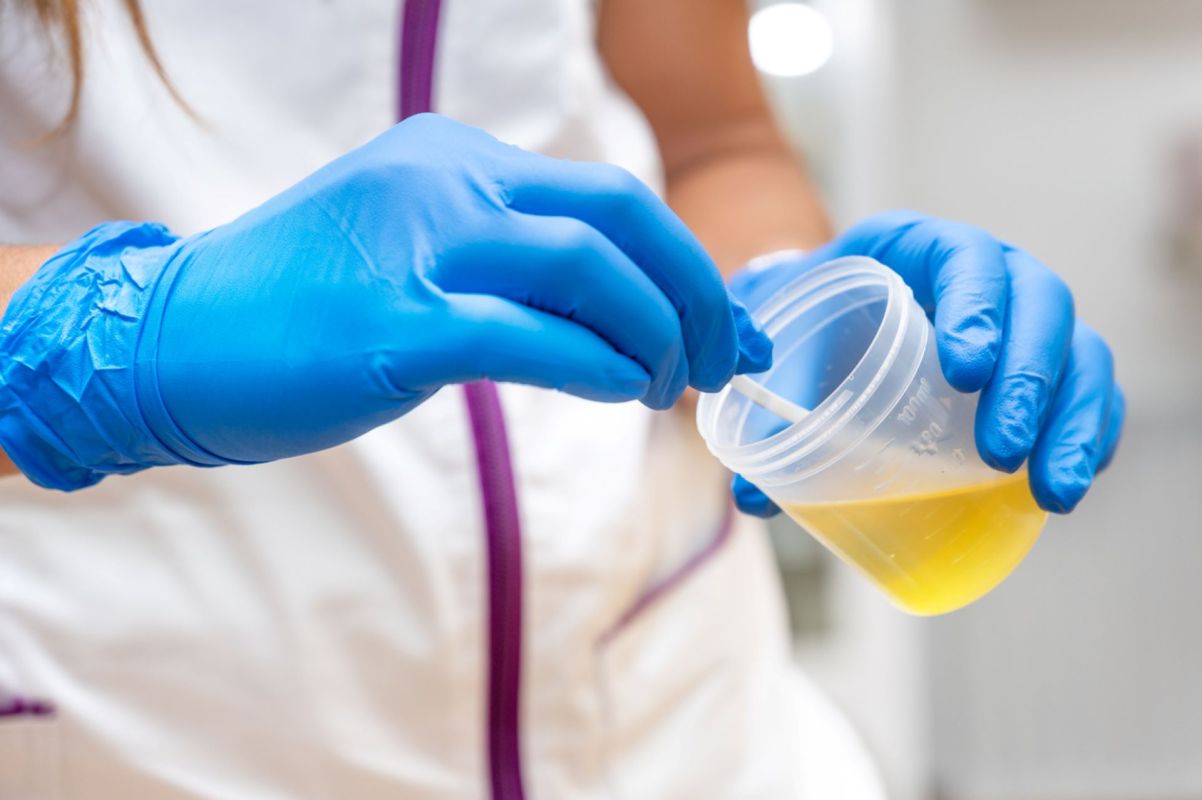A new study highlights the presence of microplastics in the human body.
What's happening?
Scientists detected all kinds of the tiny particles in the urine samples of healthy participants and those with endometriosis, a chronic disease in which endometrial tissue grows outside the uterus. The research was published Apr. 1 in the journal Ecotoxicology and Environmental Safety.
The levels of microplastics in each group were not much different, but the types of microplastics were.
Healthy participant samples featured mostly polyethylene at 27%, while samples from participants with endometriosis had predominantly polytetrafluoroethylene (59%). Healthy samples also included polystyrene (16%), resin (12%), and polypropylene (12%). Polyethylene made up 16% of the microplastics found in samples from endometriosis participants, according to the study.
A second set of samples was taken from the metal catheters of those with endometriosis, and the microplastics were "significantly smaller," about 32 micrometers by 22. Otherwise, the size averaged 177 by 117 micrometers — a micrometer being 0.001 millimeters.
"Microplastics are found in all environments, within the human food chain, and have been recently detected in several human tissues," the authors noted.
Why is this important?
Endometriosis has no known cause, and the scientists examined whether microplastic levels would correlate with the disease, causing inflammation or leaching chemicals into the body.
"This raises important new questions with respect to their transport around the body and how they have traversed, or by-passed, the kidney glomerular filtration system with dimensions that are seemingly an order of magnitude too large to navigate such organs, as well as the potential biological impacts as a result of their presence," the authors wrote.
The size and shape of the microplastics was also an issue, as the researchers looked at how they moved within the human body, noting the contaminants were "in theory … too large to navigate the small capillary networks of the kidney to reach the bladder."
This study provided "the first evidence of microplastic contamination in human urine with polymer characterisation and accounting for procedural blanks," though the paper pointed out that the effects of microplastics on humans are unknown. "Evidence is emerging however, that high MP levels are associated with inflammatory disorders, specifically bowel disease," according to the study.
The authors also wrote that irregularly shaped microplastics were shown to be particularly toxic in previous cell-based exposure experiments, noting the "inflammation and oxidative stress type impacts" could similarly affect people with endometriosis.
Other studies have demonstrated that microplastics could increase the risk of cancer and Alzheimer's disease as well as cause fertility issues, The Washington Post reported. The effects also may get worse with age.
What can be done?
Since only about 9% of plastic is recycled worldwide, and more plastic is being produced every day, it's important for companies to move away from their dependence on plastics. It may be difficult for consumers to avoid plastic packaging otherwise, but you can, for example, switch to powdered soaps and detergents, buy a reusable water bottle, and support brands that are plastic-free.
Technological developments could also help remove microplastics from drinking water, and recent research has suggested certain products can reduce their impact on the human body.
By turning these small steps into a joint journey, we can create a safer, cleaner future.
Join our free newsletter for weekly updates on the coolest innovations improving our lives and saving our planet.









